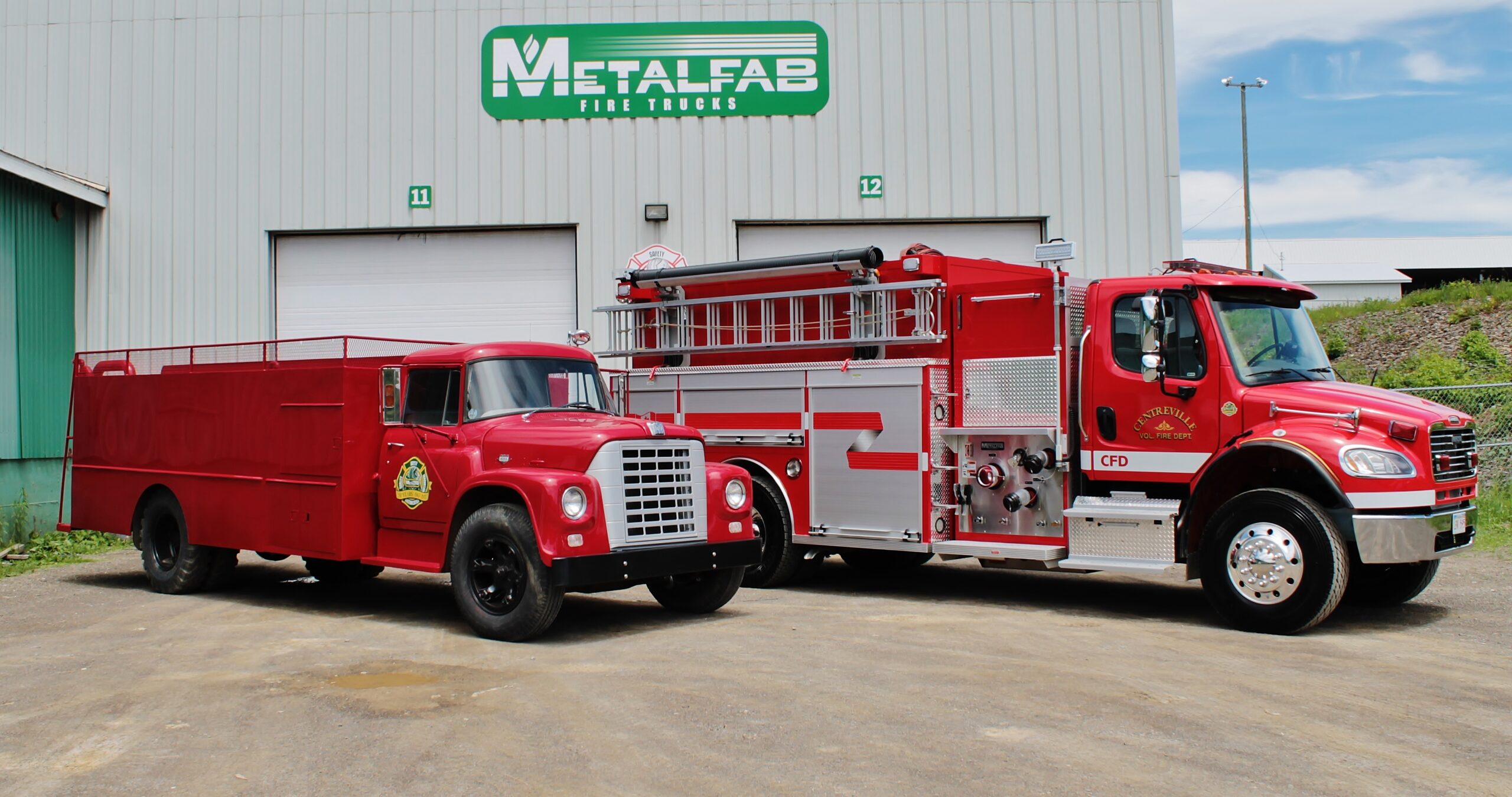
When the cold weather hits, fire departments have to decide whether or not they are going to winterize their fire trucks. To preserve the functionality and longevity of your equipment, we always recommend winterizing fire trucks in regions where the temperature is going to hit freezing or below. It comes down to how you want to operate your pumps—wet or dry are the two options.
Once the decision has been made to winterize the pumps, fire departments must choose the approach that works best for their department, their equipment, and their community. There is no “one-size-fits-all” when it comes to winterizing, but it can be helpful to understand the two different approaches and all the advantages and disadvantages that come with each.

You can choose between wet or dry when it comes to how you operate your pumps in the winter; here’s everything you need to know about both.
Option 1: Wet
Modern pumps are much more complex than older, more traditional pumps. They have a number of different valves, gauges, and wires coming to and going from them. Because of their added complexity and functionality, they can be prone to retaining water, freezing, and getting damaged in cold temperatures.
Usually, fire departments employ pump house heaters to keep things from freezing and getting damaged, but there’s only so much they can do to protect the actual pump. Beyond limiting the flow of cold air coming up from underneath the pump, pump heaters aren’t always the most effective solution. They do not protect the pump itself or the wires and lines that sit below the pump. Because of this, pumps rely on a steady stream of moving water to prevent freezing.
Advantages
Keeping the pumps wet can help speed up your response times; you won’t have to wait for the pumps to be primed with water before being used. Instead, they’ll be ready to go as soon as you hit the scene. Additionally, because the theory is that water is constantly flowing through your system, you can mitigate the risk of rust, calcium buildup, and other hazards that can crop up throughout the season.
Disadvantages
Leaving the water flowing does come with risks, too. If you have a long ride to a scene, the water in the pump could freeze on the way, causing cracks in your equipment. Not only can these be costly to repair but they can also get in the way of your response on scene.
If you’re prioritizing fast response times and serving an area that generally doesn’t require long rides to emergency scenes, wet pumping might be the perfect option for your department.
Option 2: Dry
If your staff is familiar with draining your pumps in the winter, you might opt for a dry approach. This means that you’ll drain all the water from your firetrucks between each use. This route will reduce the chances of water freezing inside your equipment and causing damage, but it does come with its own set of challenges.
Advantages
Not only does this approach reduce the risk of damage from frozen water in your machines but it also gives your team the opportunity to thoroughly inspect the pump and its connected components. When you flush water through the system, do you notice any leaks or disconnected valves? This is a great time to audit every screw and wire, ensuring your equipment is in prime condition.
Disadvantages
If your pump is dry, it might need to be primed before it operates optimally on scene. This is a minor risk, but it could delay your response time as well.
If you have the expertise within your team to drain pumps and properly maintain them while dry, don’t hesitate to go this route instead.
Non-negotiables
Choose the method that best suits you and your department; both have their merit. No matter which one you decide to go with, the team at Metalfab recommends every fire department prioritize the following when trying to manage colder weather:
- Invest in the Right Equipment: Utilize heating tape, pump house heaters, heat shields, and tire chains to protect the truck and its components.
- Preventative Maintenance: Regular maintenance helps address minor repairs and part replacements, preventing larger issues.
- Regular Checks: Frequently inspect the water tank and pump valves for leaks.
- Corrosion Protection: Ensure the truck’s undercarriage is adequately protected against corrosion.
- Regular Staff Training: Keep the staff informed and trained on everything they need to be successful in the winter.
By taking the time now to ensure you’re ready for this winter, you’ll save a lot of time down the line. Reducing repairs, slicing response times, and providing better protection to your community all start with being prepared for the season ahead. If you have any questions or if you require further information, please feel free to contact us at info@metalfabfiretucks.com.
